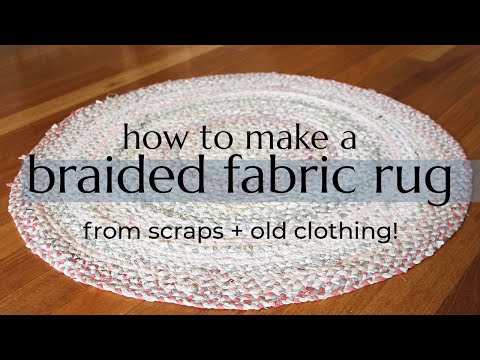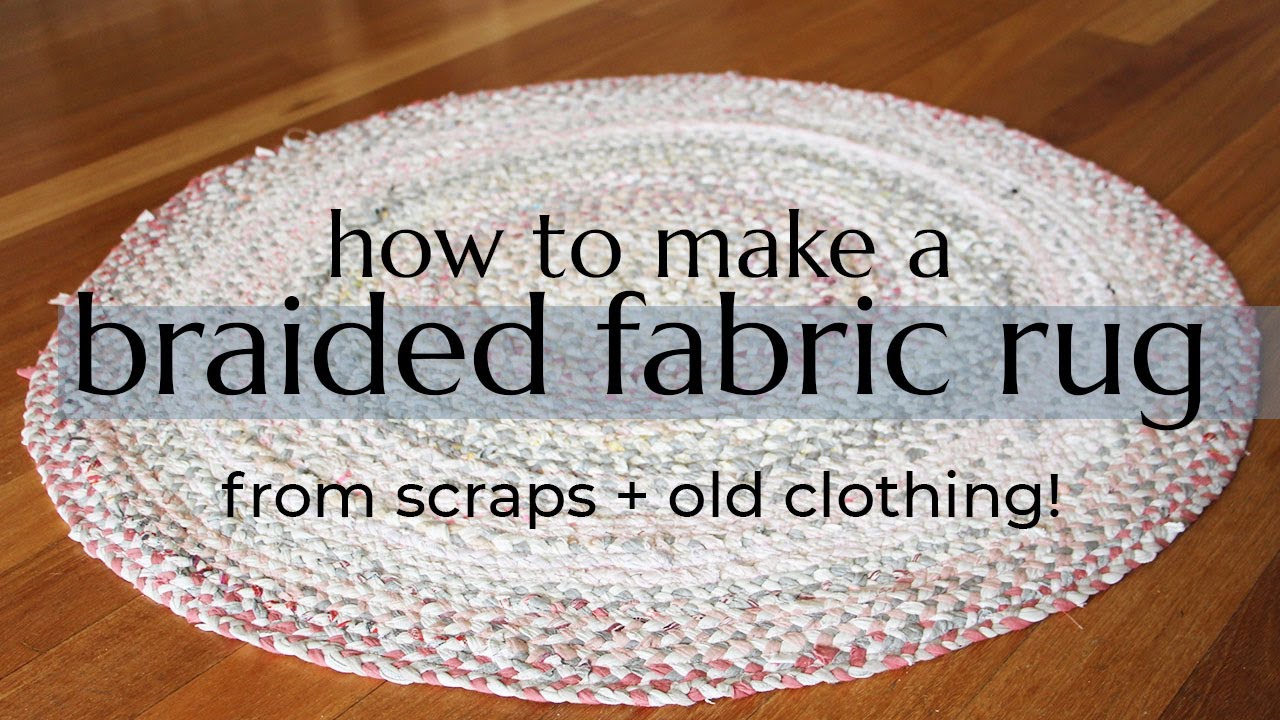Rug fabric is not just any ordinary material; it is a luxurious masterpiece that adds elegance and sophistication to any space. Crafted with meticulous attention to detail, our rugs are made from the finest fibers available, ensuring a soft and plush feel underfoot. Whether you desire a rug for your living room, bedroom, or office, our fabric selection offers a wide range of options to suit your style and preferences.
Experience the epitome of comfort as you sink your toes into the sumptuous texture of our rug fabric. Each thread has been carefully chosen to deliver a tactile sensation that is second to none. Our artisans have expertly woven these fibers together, creating a durable and long-lasting product that can withstand everyday use.
Not only do our rugs provide unparalleled comfort, but they also elevate the aesthetic appeal of any room. With a variety of colors, patterns, and designs, our fabric allows you to create a personalized ambiance that reflects your unique taste and personality. From traditional to contemporary, our collection offers something for every individual style.
Indulge in the beauty and luxury of our rug fabric, and transform your space into a haven of sophistication and indulgence. Add that perfect finishing touch to your home or office with our exquisite selection of rugs, and experience the difference that our superior fabric makes.

The Different Types of Rug Fabric
Rugs are an essential part of our homes, providing comfort, warmth, and style. When it comes to choosing the perfect rug, one crucial factor to consider is the fabric. The fabric not only affects the appearance, but also the durability, maintenance, and overall feel of the rug. In this article, we will explore the different types of rug fabric and their unique characteristics.
Natural Fibers
Natural fibers are the most common type of rug fabric, known for their durability and eco-friendly nature. Some popular natural fiber options include:
Cotton
Cotton rugs are lightweight, soft, and easy to clean. They are a great choice for low traffic areas such as bedrooms and living rooms. Cotton rugs are available in a wide range of colors and patterns, making them versatile for various interior styles.
Wool
Wool rugs are known for their luxurious feel and exceptional durability. They are naturally stain-resistant and flame-retardant, making them an excellent choice for high traffic areas like hallways and entryways. Wool rugs also have excellent insulation properties, providing warmth during colder months.
Sisal
Sisal rugs are made from the fibers of the agave plant, making them incredibly durable and sustainable. They have a unique woven texture that adds a natural and rustic touch to any room. Sisal rugs are ideal for high traffic areas, but they can be a bit rough underfoot.
Synthetic Fibers
Synthetic fibers are man-made materials that offer a wide range of benefits. They are often more affordable than natural fiber rugs and are known for their stain-resistant and easy-to-clean properties. Here are some popular synthetic fiber options:
Polyester
Polyester rugs are soft, durable, and resistant to fading and stains. They are a great choice for homes with pets or children, as they are easy to clean and maintain. Polyester rugs are available in a variety of textures and colors, allowing for endless design possibilities.
Nylon
Nylon rugs are known for their exceptional durability and resilience. They can withstand heavy foot traffic and are resistant to stains and fading. Nylon rugs are available in a wide range of styles, from plush and soft to more textured options.
Olefin
Olefin rugs, also known as polypropylene rugs, are highly durable and resistant to moisture, stains, and fading. They are an excellent choice for outdoor rugs or areas prone to spills, such as kitchens or dining rooms. Olefin rugs are also budget-friendly without compromising on quality.
Natural-Synthetic Blend
Some rugs combine natural and synthetic fibers to create a unique blend of characteristics. These blends offer the best of both worlds, combining the natural beauty of fibers with the added durability and ease of maintenance of synthetic materials. Here are a few examples:
Viscose
Viscose rugs, also known as rayon rugs, are made from a blend of natural cellulose fibers and synthetic materials. They have a luxurious silk-like appearance and a soft feel, making them a popular choice for formal living areas or bedrooms. However, they are not as durable as other rug fabrics and require special care to prevent damage.
Bamboo Silk
Bamboo silk rugs are made from natural bamboo fibers that are processed to create a soft and lustrous material. They have a similar appearance to silk rugs but are more affordable and eco-friendly. Bamboo silk rugs are a great choice for adding a touch of elegance to any room.
Conclusion
Choosing the right rug fabric is essential for creating a comfortable and stylish living space. Whether you prefer the natural durability of wool and cotton, the easy maintenance of synthetic fibers, or the unique blend of natural-synthetic materials, there is a rug fabric that suits your needs and preferences. Consider the traffic, style, and maintenance requirements of each room to make an informed decision and enjoy the beauty and functionality of your chosen rug for years to come.
“Transforming Old Clothing and Fabric Scraps into a Stunning Braided Rug – A DIY Guide!”
List of Rug Fabric
Rug Fabric Comparison
| Fabric Type | Material Composition | Advantages | Disadvantages |
|---|---|---|---|
| Wool | 100% natural wool fibers | Excellent durability, soft and luxurious feel, great insulator, naturally stain-resistant | Expensive, may shed initially, requires professional cleaning, can be damaged by moths |
| Silk | 100% silk fibers | Lustrous and elegant appearance, smooth texture, hypoallergenic, highly durable | Very expensive, requires delicate handling, prone to water stains, not suitable for high traffic areas |
| Cotton | 100% natural cotton fibers | Soft and comfortable, affordable, easy to clean, highly versatile | Less durable than wool or silk, prone to fading and shrinking, can attract dust and dirt |
| Polyester | Synthetic fibers made from petroleum | Budget-friendly, resists stains and fading, easy to clean and maintain | Less luxurious feel, can be prone to pilling, not as durable as natural fibers |
| Jute | Natural vegetable fibers | Eco-friendly, biodegradable, highly durable, adds texture to the rug | Prone to staining, not suitable for high moisture areas, can be rough to touch |
This table provides a comprehensive overview of various rug fabric types, highlighting their distinct characteristics, advantages, and disadvantages. As an expert in the field, it is essential to understand the intricacies of each fabric to make informed choices when selecting rugs for different environments and purposes.
Wool, being a natural fabric, offers exceptional durability, a soft and luxurious feel, and remarkable insulation properties. It is naturally stain-resistant, making it an ideal choice for high-traffic areas in residential or commercial settings. However, wool rugs can be relatively expensive, and they may shed initially. It is essential to have them professionally cleaned to maintain their quality, and they should be protected against potential moth damage.
Silk rugs exhibit unparalleled elegance with their lustrous appearance and smooth texture. They are hypoallergenic and highly durable, ensuring longevity even with regular use. However, silk rugs come with a hefty price tag and require delicate handling. They are not suitable for high-traffic areas and are prone to water stains, making them more suitable for decorative purposes in low-traffic areas.
Cotton rugs, on the other hand, offer a soft and comfortable surface while being more affordable compared to wool or silk. They are easy to clean and maintain, making them a popular choice for households with children or pets. However, cotton rugs are less durable than natural fibers, and they can fade and shrink over time. Additionally, they tend to attract dust and dirt, requiring regular cleaning to maintain their appearance.
Polyester rugs, made from synthetic fibers derived from petroleum, are a budget-friendly option. They resist stains and fading, offering easy cleaning and maintenance. However, polyester lacks the luxurious feel of natural fibers and can be prone to pilling. It is not as durable as its natural counterparts, making it more suitable for low-traffic areas or temporary use.
For those seeking eco-friendly options, jute rugs are an excellent choice. Made from natural vegetable fibers, they are biodegradable and highly durable. Jute rugs add texture to any space, providing an earthy and organic feel. However, they are prone to staining and should be avoided in high-moisture areas. Additionally, their rough texture may not appeal to everyone’s taste.
Understanding the unique characteristics of each rug fabric allows experts to guide customers towards the most suitable option for their specific needs and preferences.

